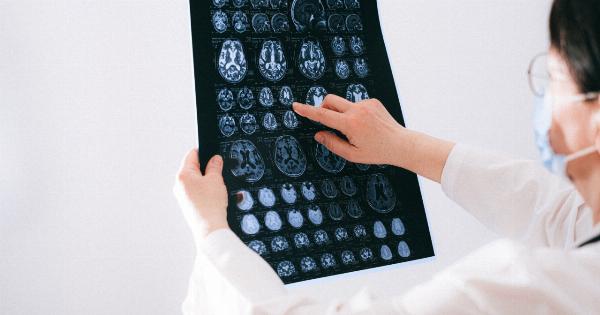Autism Spectrum Disorder (ASD) is a neurodevelopmental disorder that is characterized by impairments in social communication and interaction, as well as restricted and repetitive patterns of behavior, interests, or activities.
While there is significant variability in the presentation and severity of ASD symptoms, research has shown that there are also gender differences in the way that ASD affects the brain.
Neural Connectivity
One of the primary ways in which gender differences in the autistic brain have been identified is through studies of neural connectivity.
Research has shown that there are differences in the way that males and females with ASD process information, with females demonstrating greater connectivity in certain areas of the brain associated with social processing and communication. Specifically, female brains with ASD tend to have greater connectivity between the frontal and temporal areas of the brain, which are important for language processing and understanding social cues.
Males with ASD, on the other hand, tend to have greater connectivity within the parietal and occipital regions of the brain, which are associated with visual-spatial processing and attention to detail.
This may explain why males with ASD tend to be more focused on detail-oriented tasks and have difficulty with social communication and interaction.
Sensory Processing
Another area in which gender differences in the autistic brain have been noted is in sensory processing. Research has shown that females with ASD tend to be more sensitive to sensory stimuli, particularly those related to touch and sound.
This may contribute to the heightened anxiety and emotional distress that many females with ASD experience in social situations.
Males with ASD, on the other hand, tend to be less sensitive to sensory stimuli, which may contribute to their ability to focus intently on specific tasks or interests.
However, this may also make it more difficult for them to recognize social cues and respond appropriately in social situations.
Brain Structure
Studies of brain structure have also identified gender differences in the autistic brain.
For example, research has shown that females with ASD tend to have greater gray matter volume in certain areas of the brain, including the prefrontal cortex and amygdala, which are associated with social communication and emotional processing.
Males with ASD, on the other hand, tend to have a larger brain overall, as well as a larger amygdala and hippocampus, which are associated with emotion and memory.
This may contribute to the more intense emotional reactions that males with ASD sometimes exhibit, as well as their ability to remember details about specific topics or interests.
Social Functioning
Finally, gender differences in the autistic brain have also been observed in terms of social functioning.
Research has shown that females with ASD tend to have better adaptive functioning skills, such as communication and daily living skills, than males with ASD. This may be related to the greater connectivity in the brain regions associated with social communication and language processing that is observed in females.
However, females with ASD also tend to have higher levels of anxiety and depression than males with ASD.
This may be related to the increased sensitivity to sensory stimuli and social cues observed in females, as well as the social stigma and isolation that many females with ASD experience.
Conclusion
Overall, research has shown that gender differences in the autistic brain are significant and may help to explain some of the variability in ASD symptoms and presentation.
While more research is needed to fully understand these differences and their implications for diagnosis and treatment, this knowledge can help to inform more targeted and personalized interventions for individuals with ASD.






























